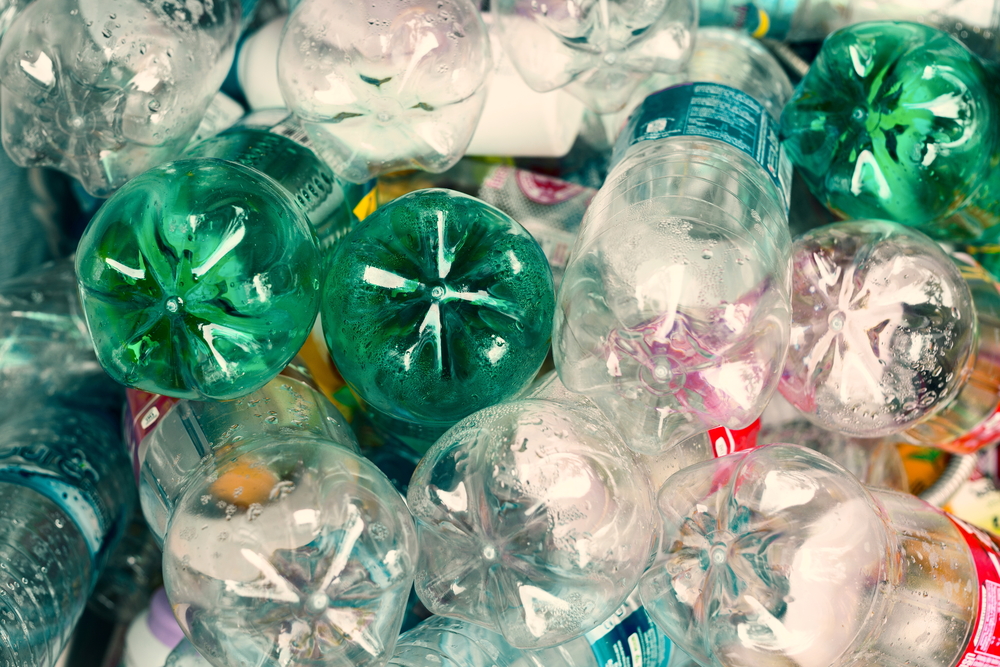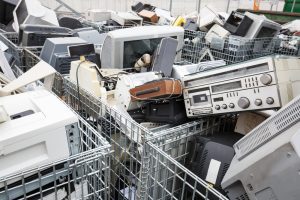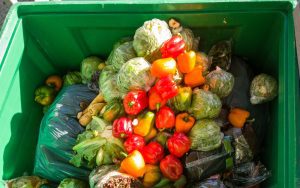Since the 1950s, more than 6.3 billion tons of plastic have been disposed of. These end up in recycling plants, landfills, and a myriad of other places.
To say that plastic waste is an eyesore is a gross understatement.
It literally chokes up the environment, polluting beaches and littering streets and neighborhoods.
The impact on marine and wildlife is too grave to contemplate.
There’s a common belief that plastic bottles do not decompose. This notion is fueled by the idea that it takes at least 450 years for a plastic bottle to decompose.
Obviously, no one lives long enough to verify this fact.
Table of Contents
What materials makeup plastic?
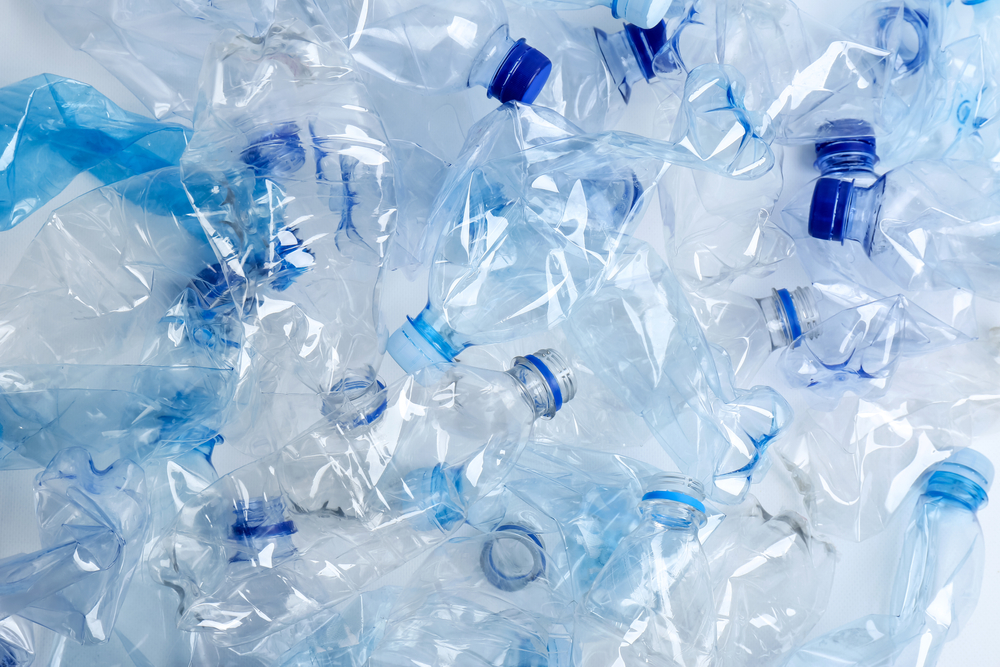
There is more to plastic than the bottle itself. When we talk about plastic, we refer to materials such as Bisphenol A, Styrofoam, PVC, and PET, among others.
All these materials have one thing in common: they break down excruciatingly slowly.
This slow decomposition is what gives the illusion that plastic does not disintegrate. The reality, however, is that plastic starts to disintegrate after about 450 years, but even then, the process is extremely sluggish.
Worse, once plastic materials start to decompose, they emit dangerous gases.
Why does it take so long for a plastic bottle to decompose?
The reason plastic degrades so slowly is because the materials that constitute it are not naturally occurring.
There are no natural organisms to break down these components. Besides, the chemical that binds plastic materials, also known as “xenobiotic,” is not recognizable by naturally occurring bacteria.
Methods for accelerating the decomposition of plastic
To address the challenge of sluggish decomposition of plastic, modern techniques exist with the goal of accelerating the degradation process.
These include chemical additives, pressure, heat, and other biochemical techniques that are known to accelerate decomposition and prevent the discharge of dangerous materials into the environment.
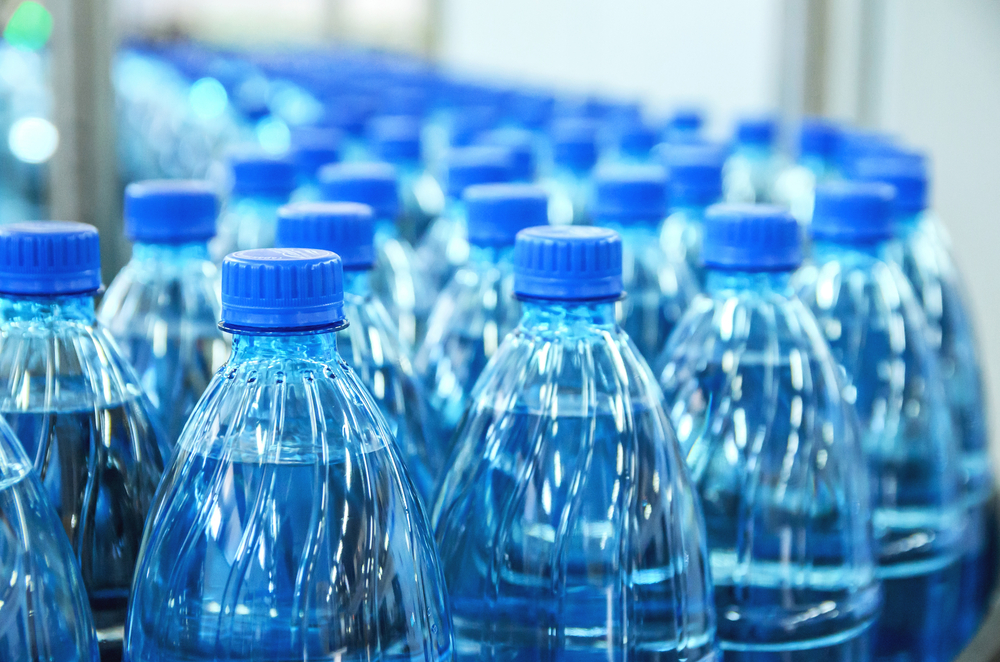
PHA is more biodegradable than PET
The only sure way to avoid the challenges that come with decomposing plastic bottles is not to use the material in the first place.
However, due to the nature of business, especially when packaging liquids, it has proved difficult to avoid this material.
While some success has been attained in the use of organic materials such as corn, an alternative to plastic can only be another form of plastic that is not as stubborn as PET.
And, actually, one exists. It’s called PHA, or polyhydroxyalkanoate. This material is more biodegradable than PET since it is made of naturally occurring microorganisms.
The extent of plastic bottle pollution in the world
Of the almost seven billion tons of plastic currently in existence, only about 10% have been recycled.
The rest find their way into the environment, especially in the oceans. The impact on marine and wildlife is dire.
“Our planet is choking on plastic.” – this is the chilling verdict of the United Nations Environment Programme (UNEP).
Plastic is literally snuffing life out of all living organisms. For instance, marine creatures such as turtles, seabirds, fish, and whales often mistake plastic bottles for food.
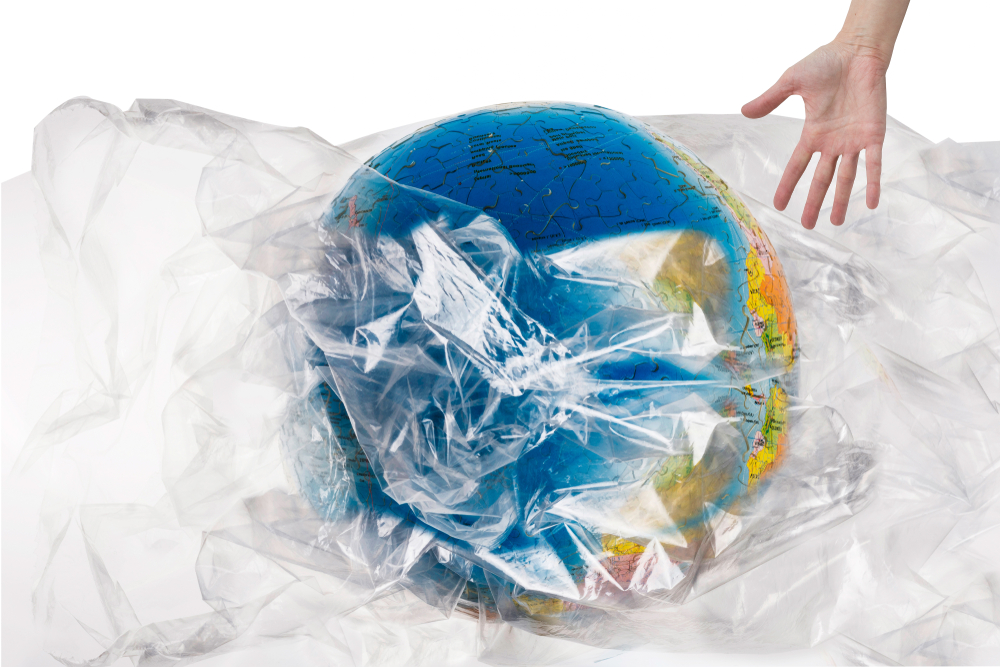
Some of them eat it or end up entangling themselves in it, often suffocating to death.
Plastic production and waste statistics
To put the plastic challenge into perspective, here are a few statistics from the UNEP:
- 400 million tons of plastic waste are produced every year.
- If current trends persist, by 2050, there will be 1,100 million tons of primary plastic in the world.
- Every minute, a million plastic bottles are bought. In comparison, there are about 5 trillion plastic bags being used in the world yearly.
- 50% of plastics are made for single uses, which means they are disposed of after just one use.
- From the 1950s and into the 1970s, there was only minimal production of plastic. As such, plastic waste generation was fairly manageable.
- Plastic waste production increased more than thrice in the period between 1970 and the 1990s. Plastic manufacture during the same period also more than tripled.
- At the beginning of the 2000s, plastic generation in one decade rose to levels not witnessed in the previous four decades.
How the degradation of bioplastics affect the environment

Plant-based plastics and bioplastics have different rates of degradation. Bioplastics are partly produced using biological matter, while biodegradable plastics are broken down completely by bacteria over time.
Despite the fact that biodegradable plastics are produced using plant-based materials, they rarely fully biodegrade to their natural form, often leaving behind some residue.
Different types of plastic and how they are broken down
There are three methods of plastic decomposition. To avoid the oft mistake of confusing one for the other, here they are:
- Degradable plastics: Even after the degradation of this type of plastic, there are tiny residues left behind that must be further broken down using chemical additives.
- Compostable plastic: These naturally disintegrate in water or in biomass and carbon dioxide, in industrial compost sites, and sometimes in a garden. Upon full composting, their nutrients are absorbed into the soil, leaving no toxic residues behind.
- Biodegradable plastic: The only difference between biodegradable and compostable plastic is that the latter takes longer to break down and sometimes leaves behind microplastics and toxic residues.
Plastics designed to naturally break down into the environment are polylactic acid (PLA), polyhydroxyalkanoate (PHA), and biodegradable plastics (BDPs).

PLA plastic is made from plants such as sugarcane, corn sugar, or potatoes. The goal of bioplastics is to lower the carbon footprint in the environment.
They use fewer fossil fuels than traditional plastics demand. Besides, bioplastics use minimal agricultural land, usually below 0.02% of farming land.
Are bioplastics the answer to the global plastics problem?
Unfortunately, just because a plastic bottle is made of plant-based material does not make it fully degradable.
Only plastic reuse and recycling approaches work.
Coca-Cola has a plastic bottle called the PlantBottle that is 30% sugarcane and other plants. The other 70% consists of traditional oil-based plastic.
This packaging is largely prevalent in the U.S., accounting for almost a third of the company’s bottle volume in North America and 7% in the rest of the world.
Nonetheless, Coca-Cola has yet to make a noticeable dent in the global plastic problem. However, together with its perennial competitor, Pepsi, the companies are under a lot of pressure to deal a decisive blow to the challenge of plastic pollution.
Unfortunately, they are yet to come up with an alternative material that is as effective and affordable as single-use plastic.
Although bioplastics are being hailed as a panacea to the global plastic problem, making affordable and effective bioplastics has been quite a challenge.
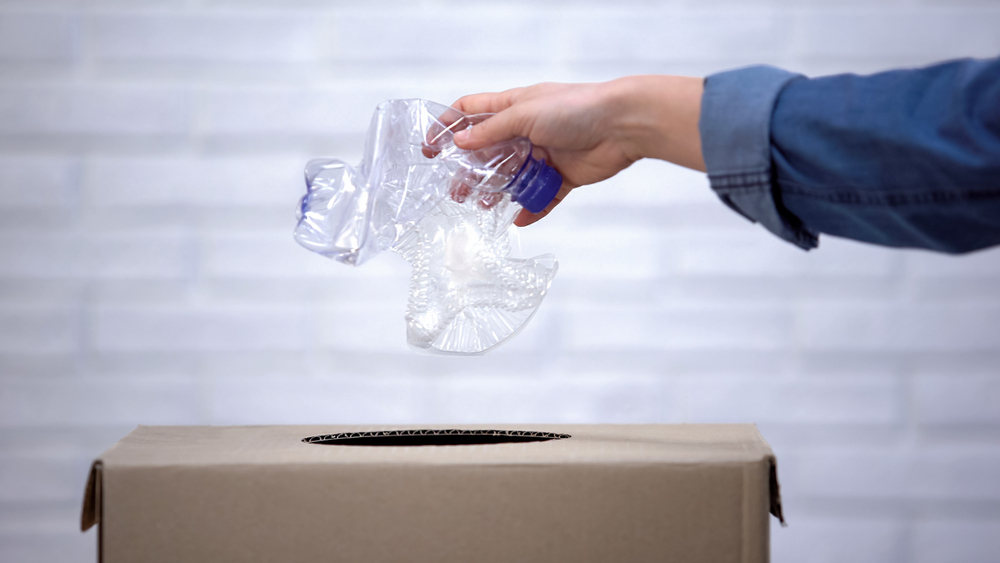
The idea that there will be a single-use plastic bottle one can use and throw away, and expect it to fully disintegrate, is for now highly improbable.
The solution, according to most experts in the subject, lies in more recycling as opposed to churning out one more advanced bioplastic.
Reuse and recycle plastic bottles instead of composting them
Recycling and/or reusing plastic bottles is a better strategy than attempting to decompose them.
Besides the fact that there are too many plastic bottles in use every day, the various decomposition methods we have looked at come with a couple of unfavorable trade-offs.
First, most don’t fully degrade and leave behind residues that interfere with the soil quality.
Second, even where the biodegradation process is aided by artificial methods, the resultant gases are extremely harmful.
Further, leaving them out to find their way into ocean beds compounds the problem even more.
Plastics are often ingested by ocean creatures, some of which end up on many dinner tables.
In essence, there are only two practical methods of dealing with the menace of plastic bottles.
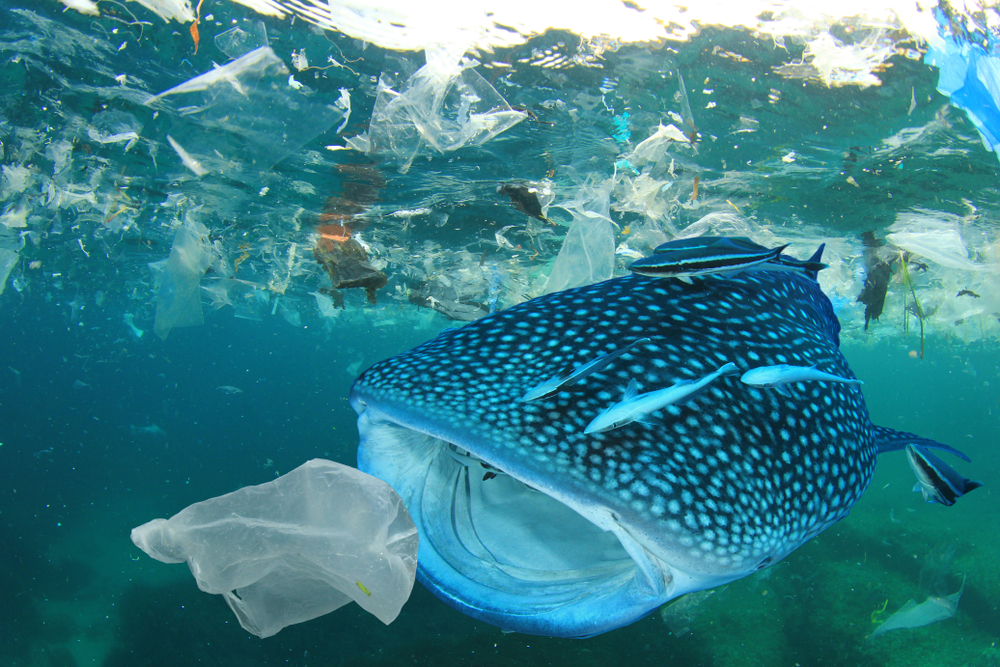
Recycling and reusing plastic bottles
There are as many ways to recycle or reuse plastic bottles as there are ideas. These include supply cups recycled from plastic bottles and reusing coffee cream containers to store your snacks.
You can also use the recycled coffee creamers as a container for your salt, sugar, and other items, and as indoor planters.
Also, how about turning your laundry detergent bottles into watering cans instead of paying for new ones?
Do you need a garden scooper? Turn your milk carton into one. There are tutorials online on just how to do this.
The list of the many ways you can reuse or recycle plastic bottles is endless. With a bit of imagination, you can turn a potential eyesore into a piece of art and bring beauty and style to your indoors.
The problem with microplastics
These are a huge problem. With time, plastic begins to break down, leaving behind tiny, dime-sized particles that can easily be ingested by marine creatures.
Upon ingestion, the microplastics are known to block an organism’s gastrointestinal tract, making them feel as though they have already eaten, while in reality, they are starving to death.

Besides, numerous toxic chemicals adhere to the surface of these plastics. When consumed, the contaminated microplastics are likely to expose organisms to even higher toxin concentrations.
But the problem doesn’t stop there. With more marine creatures ingesting these microplastics, some of which end up in your meals, the food chain is infested with plastic particles.
According to research by the Austrian Environment Agency and the University of Vienna, there is evidence to suggest that microplastics are present in humans, which was not the case before.
This kind of research will hopefully ignite a passion for dealing with plastic pollution. Until people see how the indiscriminate use of plastics directly affects them, interventions in recycling and reuse will remain weak.
Promising 100% biodegradable plastic bottles
There’s hope on the horizon for the manufacturer of fully biodegradable bottles. If claims by DrinkWell, a UK low-calorie booze retailer, are anything to go by, we now have the world’s first fully biodegradable plastic water bottle.
The company claims that, compared to PET plastic, its bottle uses 50% less fuel and emits 60% less carbon.
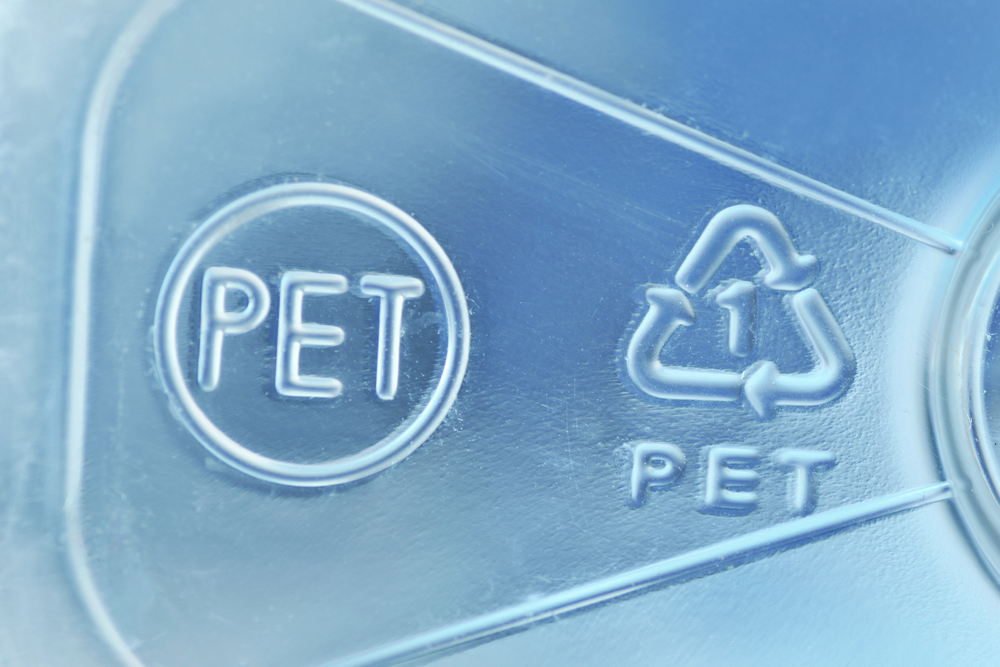
Besides, the PLA bottle degrades after three to six months when subjected to commercial or home composting.
They also claim that the bottle can be incinerated safely without releasing toxins.
Conclusion
Besides the fact that it takes at least 450 years for a plastic bottle to decompose, the process is extremely slow and could take much longer.
In any case, as plastic breaks down, it disintegrates into microplastics that can easily be ingested by marine life.
Some of the marine creatures that eat these tiny, bacteria-infested plastics will possibly end up on your dinner table.
While studies suggest that evidence of these microplastics has been established among humans, further research is needed to substantiate the claims.
This is critical since people need to see a correlation between plastic use and their health, which will inject more passion and commitment to the need to recycle or reuse plastic bottles.
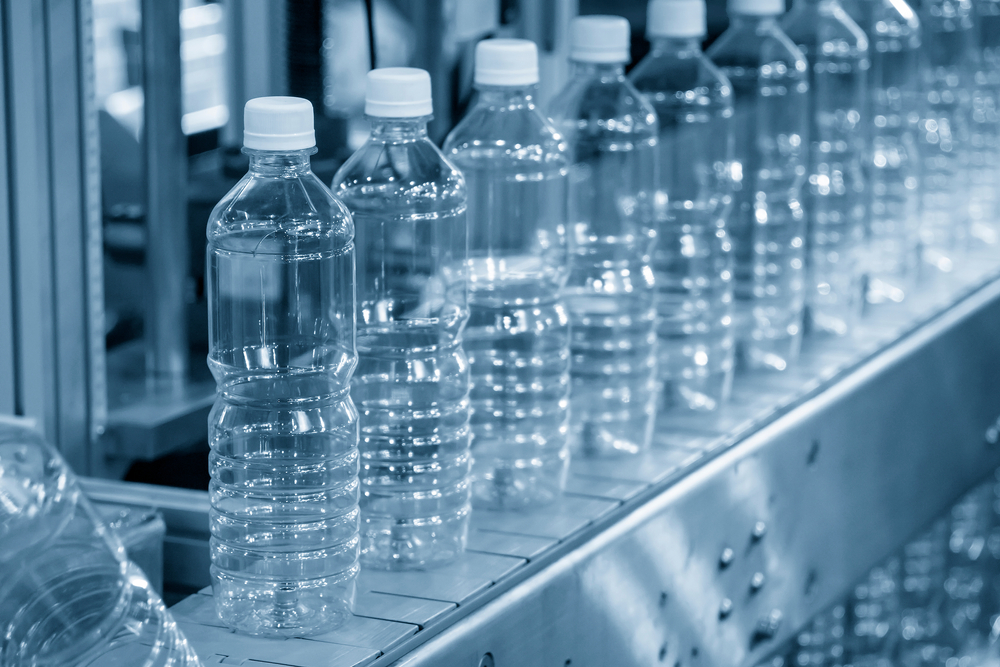
This still remains the most effective approach to dealing with the menace of plastic in the world, notwithstanding claims by some players in the industry that they have developed the first fully biodegradable plastic water bottle.

